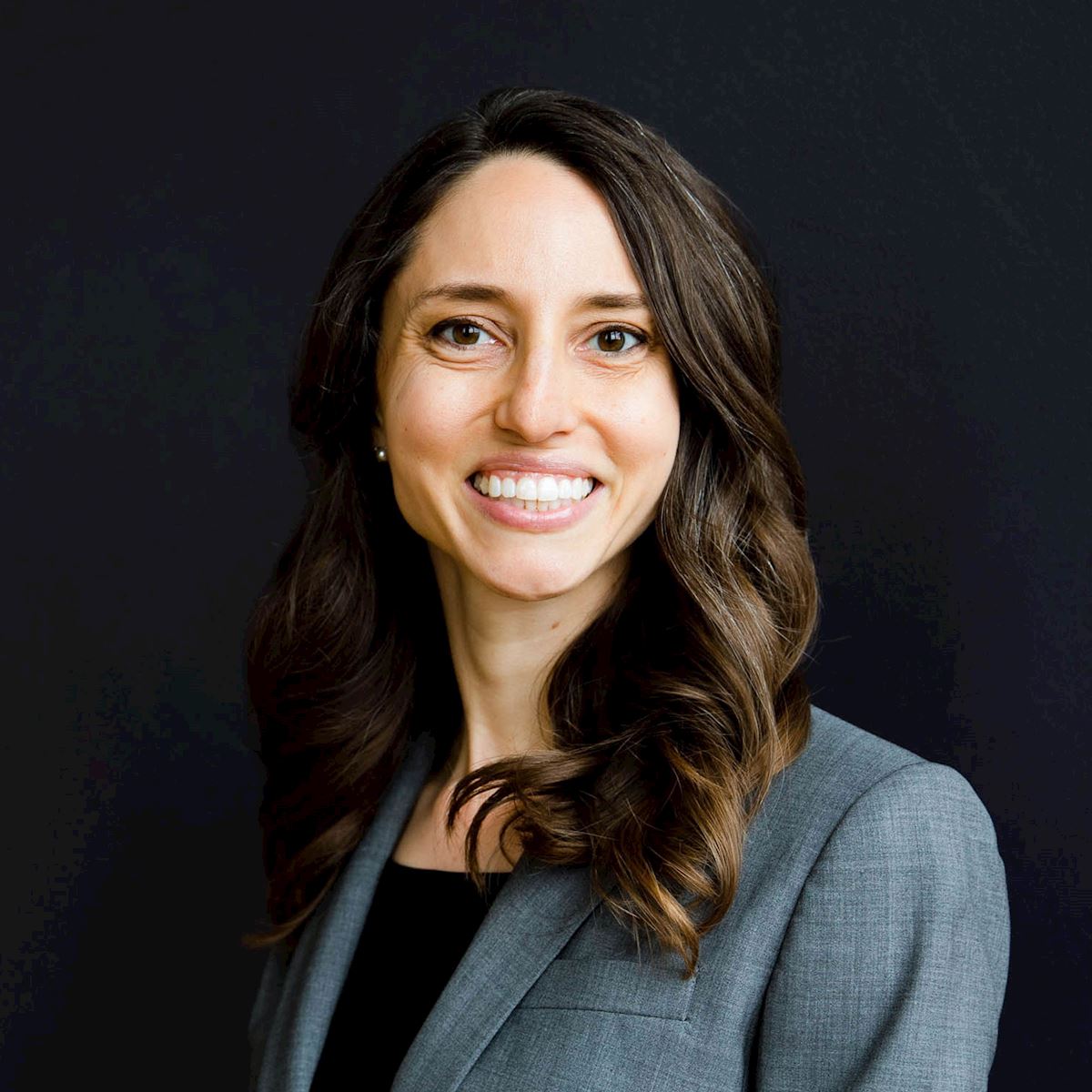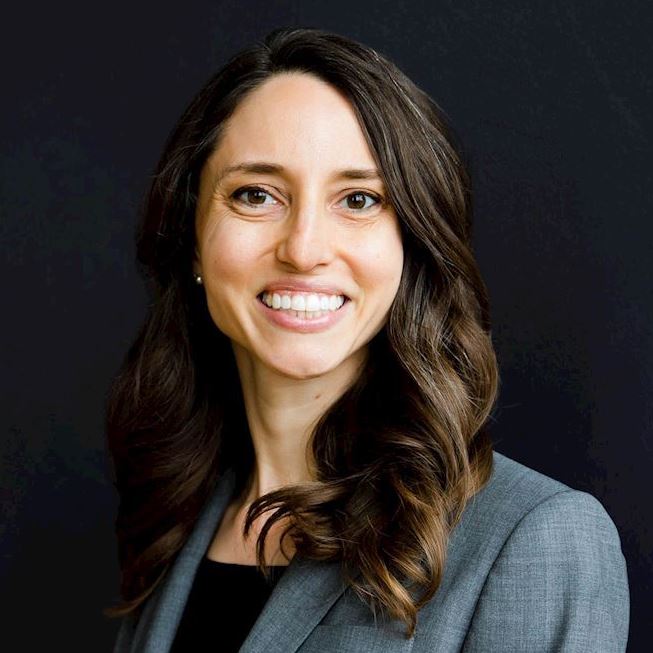Nobody’s perfect. Especially not their noses.
An estimated 80% of noses have at least a minor misalignment of the nasal septum.
You may not be able to see it. You may not be able to feel it. But if your nasal septum is displaced or deviated enough, you definitely notice the difference.
What is a deviated septum?
Give your nose a squeeze. The septum is the hard part in the middle, made up of bone and cartilage. It gives the nose its structure and divides the nasal cavity in half.
With a deviated septum, things are a little off center. Instead of a straight line creating two equally-sized nostrils, one nasal passage is larger than the other.
“The septum is the internal divider inside the nose. Essentially, that divider gets shifted,” says Danielle Liudahl, MD, a West Des Moines Ear, Nose & Throat physician “The most common symptom from that shift tends to be persistent nasal obstruction — a blockage that decreases airflow.”
Now, try squeezing just one nostril and breathing through the other. Then switch sides. Do you notice a difference in your ability to breathe in or out? Even a small difference in airflow can be a sign of deviation. But there are other common symptoms too:
- Frequent nosebleeds – Air provides moisture. When there’s less of it moving through the nasal passages, the membranes dry out, making you more likely to get a bloody nose.
- Nasal congestion – The blockage caused by the deviation is easily mistaken for nasal congestion. It can feel like a cold or allergies and make symptoms worse when you do have one of those conditions.
- Snoring – With restricted airflow, breathing through your nose at night isn’t only harder — it’s louder. You may snore, snort, or make wheezing sounds. Or you may not be able to breathe well through your nose at all and instead breathe loudly through your mouth.
The key with all of these symptoms is persistence, Dr. Liudahl says. “It should feel like a blockage all the time since it’s a structural narrowing. Not something that comes and goes, fluctuates or shifts sides.”
How do you tell if you have a deviated septum?
You can breathe through one nostril at a time, as mentioned above, or tilt your head back and see it in the mirror if it’s a visible shift. These self-tests can catch obvious cases of deviated septum. But a true diagnosis comes only from a trained ENT.
“First, we start with looking in the front with a nasal speculum, which helps us open up the nostrils and look in a little bit,” Dr. Liudahl says. “The septum is a long structure, so we really want to evaluate the whole length of it for structural or other issues. A nasal endoscopy is a camera that allows us to look better into the nose and see farther back.”
Misalignment isn’t the only thing that could be causing your nasal symptoms. Your ENT needs this up-close look up your nose to rule out all other issues before looking to correct a deviated septum.
“There are many other sources of nasal congestion such as allergies, inflammation, sinus polyps, turbinate hypertrophy or adenoid hypertrophy,” Dr. Liudahl says. “These can either give you a sensation of a plugged nose or actually cause structural narrowing.”
How do you fix a deviated septum?
With surgery. Specifically, septoplasty.
“To actually fix a deviated septum, surgery is typical because it’s a structural issue,” Dr. Liudahl says. “Other things — like nasal sprays or Breathe-Rite nose strips — only bring temporary relief by addressing inflammation or nasal congestion.”
During a septoplasty, an ENT removes the cartilage or bone that’s causing your blockage. It’s an outpatient procedure done under general anesthesia, so you get to go home the same day.
While it is a nose surgery, it’s not a nose job. That’s a cosmetic surgery to alter the appearance (possibly a visible deviation) of your nose. Or septorhinoplasty, which corrects both the structural and cosmetic.
“It’s all endonasal work, all on the inside of the nose. There’s nothing on the outside. We don’t change the external appearance or shape of the nose,” Dr. Liudahl says. “We remove only the deviated cartilage or bone. We have to preserve the support and structure of the septum so that the nose doesn’t collapse down or change in appearance.”
What does recovery look like after a septoplasty?
While you’ll be in and out of the clinic the same day, recovery takes a bit longer. About three weeks, Dr. Liudahl says. One week of taking it easy and staying home from work, followed by two more of restricted activity to reduce the risk of bleeding.
“I always describe it as annoying,” she says. “Your nose is plugged so you’re mouth breathing. You have bloody drainage, you’re congested, and you have a pressure sensation because your nose is plugged by splints. But typically those annoying symptoms are just for a week.”
One week of annoying symptoms is nothing compared to a lifetime of them. Because if you don’t fix a deviated septum, you can’t resolve the persistent symptoms it causes — chronic congestion, recurrent sinus infections, irritated and inflamed airways.
“It doesn’t tend to progress, but you’d have to live with these blockage issues,” Dr. Liudahl says. “If you’re persistently blocked, have an ENT evaluate you to see if there’s something structural that’s narrowing the nasal opening and if surgery is necessary to increase airflow and release the obstruction.”


